Affiliate links on Android Authority may earn us a commission. Learn more.
10 Sent: Can HTC's new flagship salvage its serious sales situation?
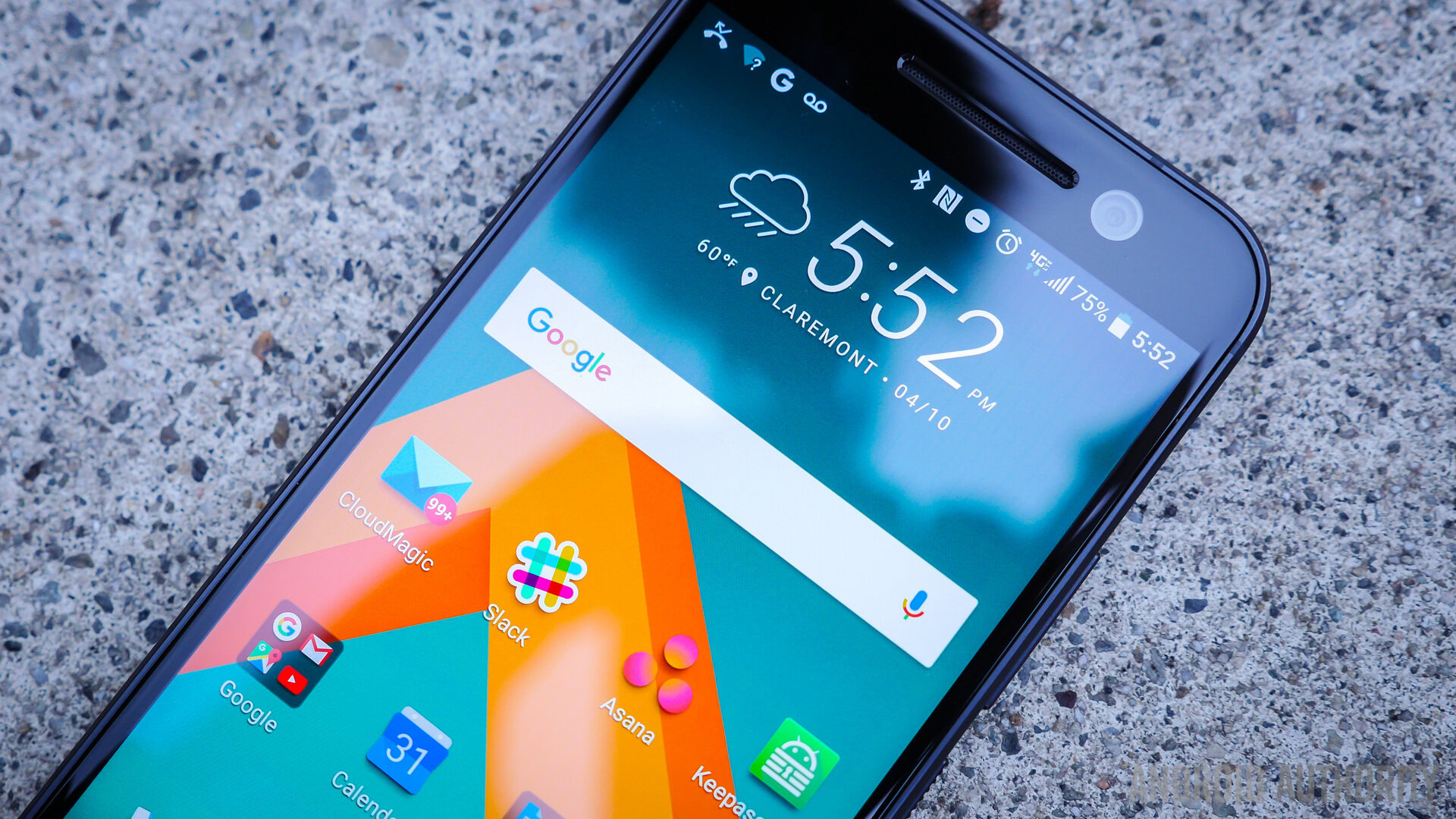
Taiwan’s High Tech Computer has been in the mobile game for well over a decade now, but as the years have passed by, its ability to remain competitive and financially viable has become a lingering liability. In part, some of the blame rests on HTCitself for arguably failing to listen to its customers, but in perhaps equal part – if not more so – keen competition from around the globe has diluted what was once a pristine, distilled series of devices that took the Android world by storm.
Earlier today, HTCofficially announced its 2016 flagship, the HTC 10. Everything about this event was relatively low key, with HTChaving resisted the urge to launch it back at MWC in February, and even passing up the opportunity to have a mass media extravaganza in favor of a “simple” streaming feature. Make no mistake, however, as this device is an important one, and in many ways at that, and one that HTCfeels is “our most refined handset ever.”
In this piece we will take a brief consideration of the phone, assess its assets and challenges, and ultimately let you, the reader, decide as to just how the device’s legacy will unfold.
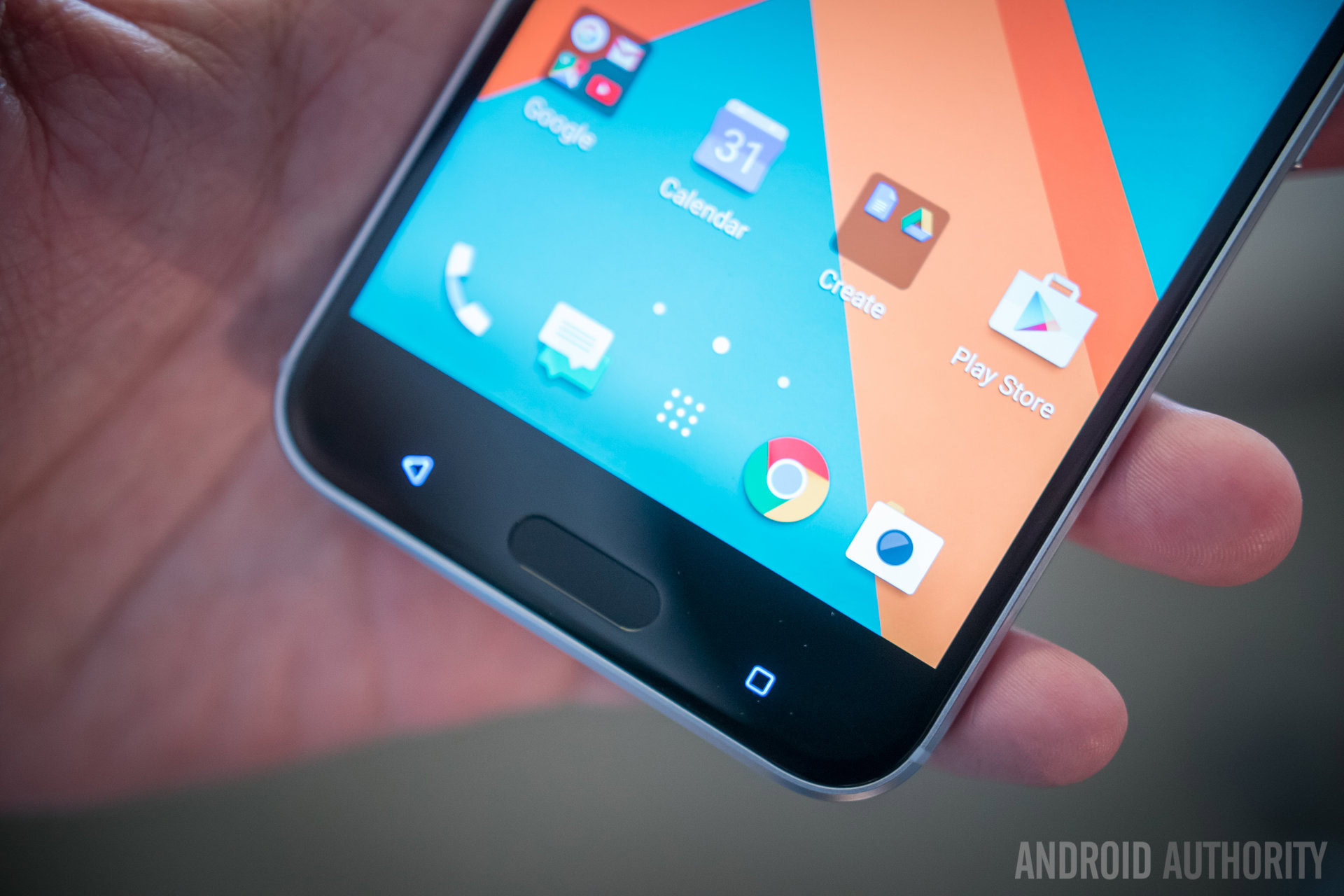
The Product
As HTC’s halo product for the year – or at least the first half – the 10 is packed with power, performance, and panache. A lot of time and effort was put into crafting it, and HTC’s marketing reflects that. The phone for example, “represents a bold new concept in design” and features a “prominent, perfectly chamfered contour” as well as “made-to-last build quality”. HTCproudly claims that “you’ll find every element has been analyzed, refined and perfected, all the way down to getting the perfect click from the power button.”
Spec-wise, the device measures up to what one might expect – if not demand – for a 2016 flagship. The HTC10 features a 5.2-inch QHD Super LCD5 display, a Snapdragon 820 SoC, 4GB of RAM, 32 or 64GB of on-board storage, a 12-megapixel HTCUltraPixel 2 rear camera and 5-megapixel front camera, HTCBoomSound Hi-Fi, LTE, microSD and ships with a 3000mAh battery and Android 6.0. The device uses USB 3.1 Type-C for data transfer and charging. For the full, extensive run-down, please see our launch coverage here.
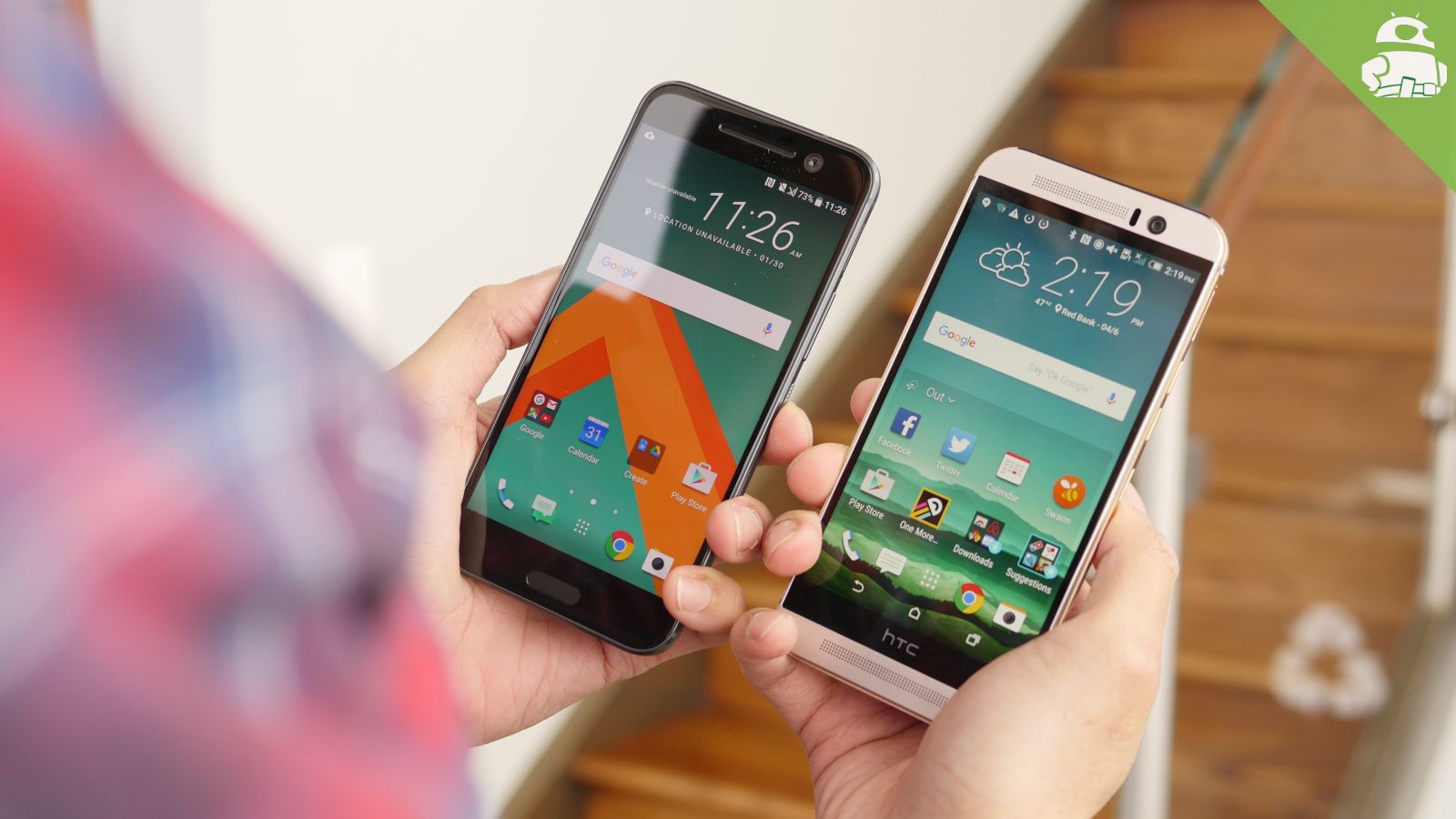
As far as looks go, the 10 is somewhat of a mash-up between the One M9 and the One A9, with a few refinements that don’t exist in either model. The removal of the HTClogo from the face of the device is something that critics and more vocal customers have been requesting for years now, and clearly the company listened. Likewise, the infamous black bar has been removed from the bezel. While many felt last year’s One M9 was a half-hearted effort, at the very least it’s clear this year was meant to matter.
The Problem
The problem HTCfaces, or at least theoretically faces given that the device hasn’t even hit stores yet, is three fold:
HTC vs HTCFans
First and foremost, HTChas to convince its long-term fans to purchase the product. In recent months, criticism about the 10, or as it was once referred to as the Perfume or One 10, have been raised about the design itself. Some fans feel that the device doesn’t look original enough, doesn’t look similar enough, is trying too hard to be different, or any number of things based on numerous leaked images.
Likewise, some HTCfans may feel burned by the company’s previous commitments to supporting their devices with respect to firmware updates – both their timing or lack thereof entirely – and policies. Related to that, they may also feel the company doesn’t listen to their requests. It’s likely that with the 10 criticism will be raised about the battery size for example, or the fact that once again the OEM has opted for an LCD display instead of an AMOLED panel, something its One A9 did use.
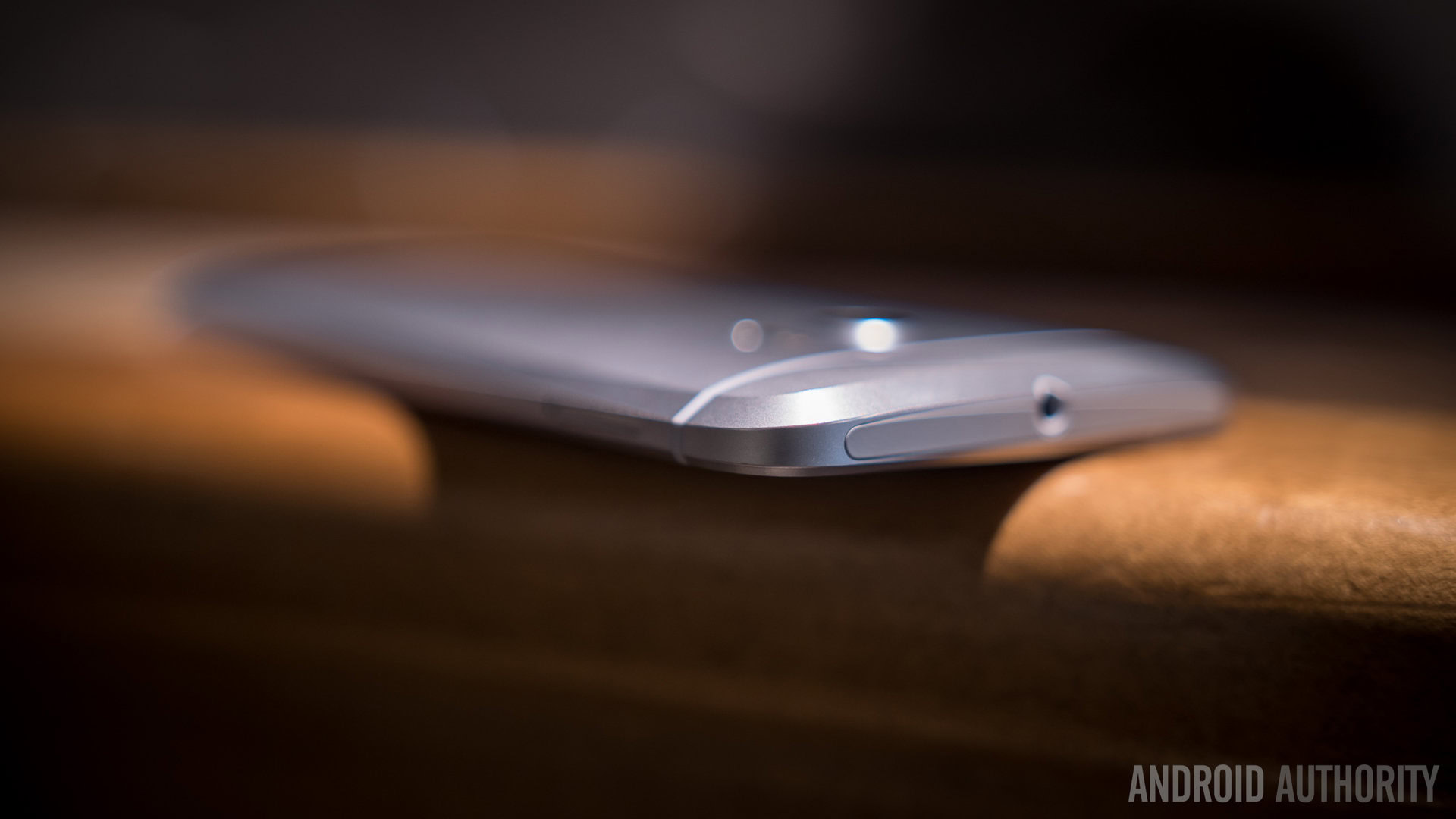
HTC vs The Competition
If the 10 were releasing back in 2014, it’s safe to say that the tech collective would be all over it. At that point, Samsung was still producing plastic products, and LG hadn’t introduced a modular mobile. But it’s now April 2016 and things are vastly different. The Galaxy S7 and Galaxy S7 Edge have received untold scores of praise, and have stellar sales to support the situation. The company has refined the design from last year and even improved the internals. Even more problematic for HTChowever: the new Galaxies have been on sale for over a month now.
LG has a solid offering with its brand new G5, as well. With top of the line specs and the inclusion of a swappable modular bay on the bottom, the phone has managed to find a way to allow for a user-replaceable battery despite being made of metal. The very premise of such expandability leaves untold possibilities should more modular parts be brought to market.
And then there are all the other products on the market, too. HUAWEI has some very nice ones. Sony has a 4K display. Motorola offers a solid – and more reasonably priced – line-up. Even BlackBerry has its own take on an Android make.
The fact that HTCis asking $699 for the device – before tax – may also be a stumbling point. Depending on any given customer’s opinion, this might be asking too much for a product that is seeking to compete with Samsung’s Galaxy S7.
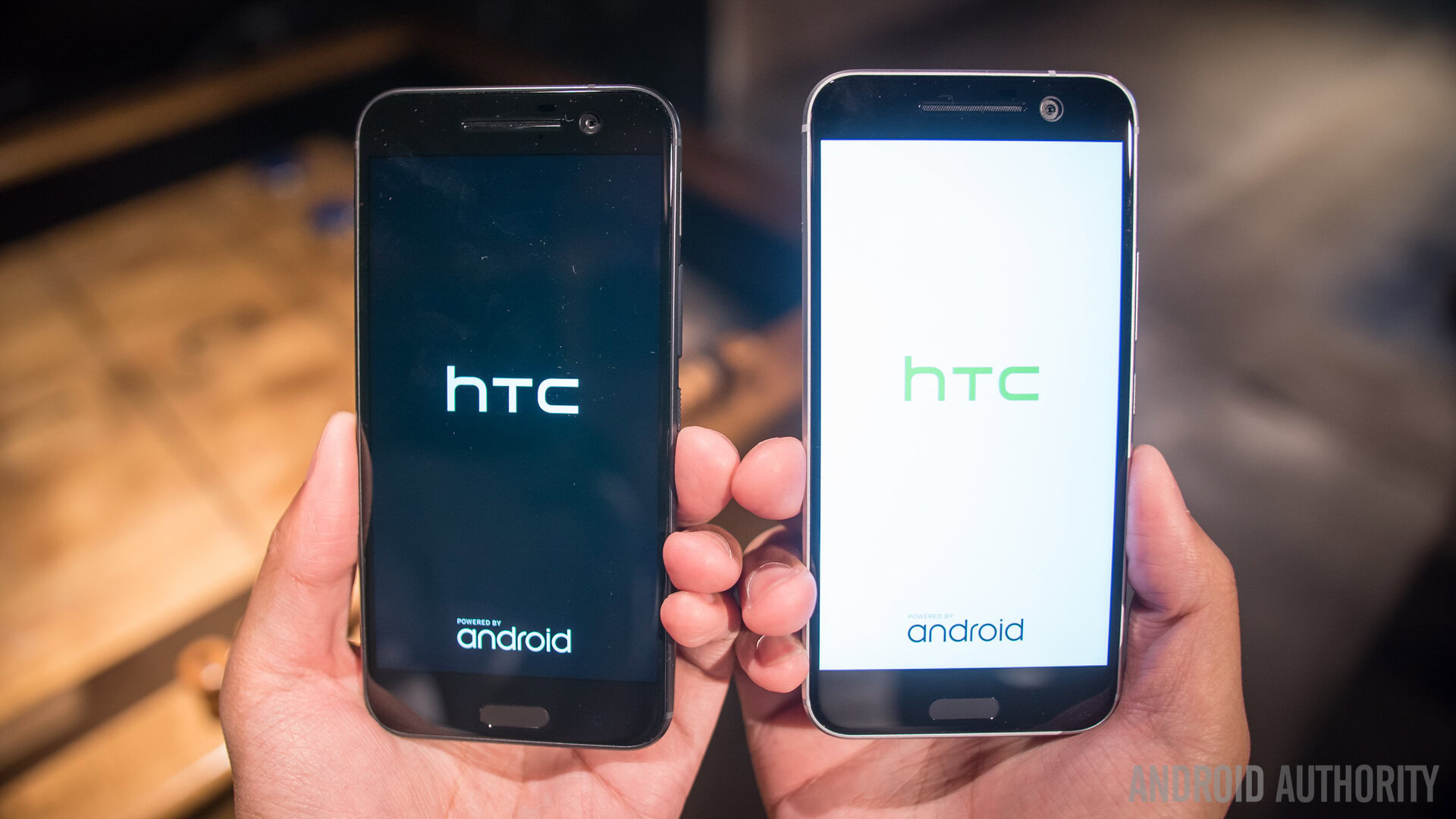
HTC vs HTC
While the device looks great on paper, it is going to compete with the OEM’s own offerings, such as the One M9 and the One A9. Those who aren’t so interested in specs may actually prefer last year’s flagship simply because by this point it’s either reduced to almost nothing on-contract, or else is literally free on-contract. Likewise, the HTCOne A9 is slightly smaller than the 10 however it uses an AMOLED display and has been promised to receive Android updates within mere weeks of Google itself pushing them out.
In addition, HTChas a disturbing history of releasing several variants of its flagship phones, as last year saw with the One M9 and the One M9 Plus. There is a very real chance that, come May, the Taiwanese OEM may announce an even better device for release in select regions. Perhaps it would have a bigger battery. Perhaps it would have a bigger screen, or an AMOLED one. It’s almost impossible to know what will transpire, to be honest.
Perhaps the greatest problem is just what will happen to the device itself. If the 10 fails to thrive, it will likely see quick price cuts. This possibility, in turn, may convince some people to adopt a wait-and-see approach.
The Prognosis
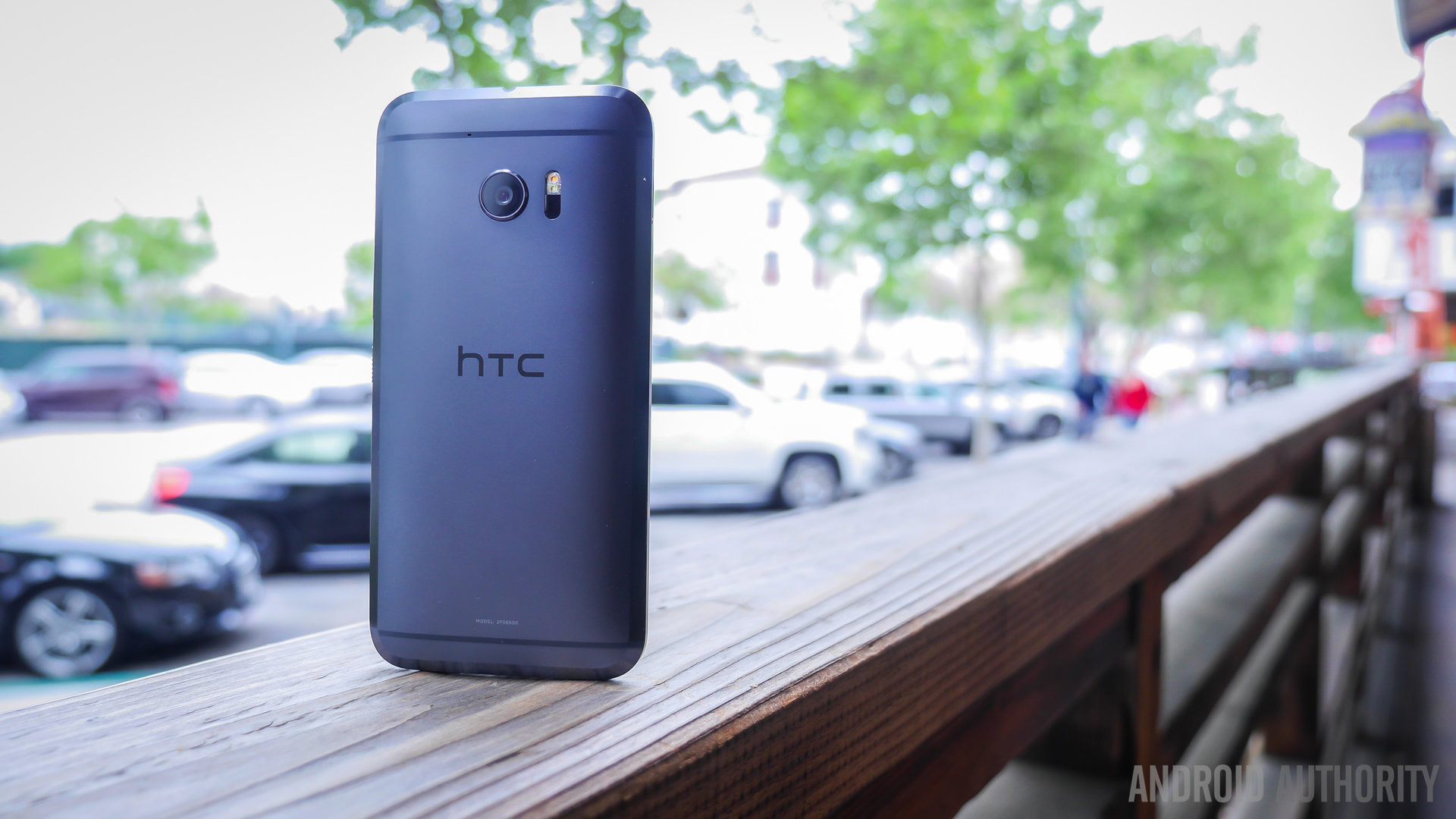
At this point, all we – and HTC- can do is wait and see what happens. For all the things the 10 has going for it, the simple fact that it’s going up against some of the most refined and perfected products on the market is a bit worrisome. To put it one way, if a random consumer isn’t familiar with HTCand thereby has no brand loyalty to its products, does the 10 have enough convincing features and functions to sway their spending? What would make someone choose the HTC10 over the Samsung Galaxy S7, for example?
[related_videos align=”center” type=”custom” videos=”685961,685964″]
These are fundamental considerations that customers will be wrestling with, and many times it comes down to something as simple as which device is the cheapest, which has the best looking screen, which feels the best in the hand, or even which has the largest diversity of cases and accessories available?
There is no question that the HTC10 is a solid flagship offering from the Taiwanese OEM. There is no question the HTC10 has evolved past its predecessor in almost every way possible. The real question, is just how many people will care.